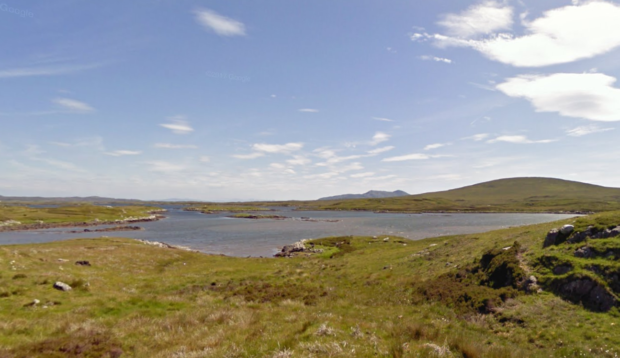Shock figures have revealed that more than a third of Western Isles residents are now acting as unpaid carers – the highest rate in Scotland.
Official data from the latest Scottish Surveys Core Questions publication found that almost 36% of adults in the Outer Hebrides provided care to a relative or someone else, without being paid.
The figure for 2016 was more than double the national average and represented a huge rise on the 24% of survey respondents who said they were unpaid carers on the Western Isles in the year before.
A growing ageing population, as well as local traditions and a shortage of workers, were put forward as explanations for the rise last night.
The finding emerged just a week after the Accounts Commission watchdog warned that public services on the Western Isles could become severely stretched over the next two decades as the population plummets by 14%, but the proportion of older people rises.
The Western Isles figure was more than 10% higher than on the Shetland Isles, which had the second highest proportion of adults saying they acted as unpaid carers, at 25%.
The Highland Council area was the fourth highest, at 22%, while Aberdeenshire, Argyll and Bute and Moray all had figures slightly above the national average of 17%.
Aberdeen city had the third lowest proportion in Scotland, at 13%, while Orkney had a smaller proportion of unpaid carers compared to the other island council areas, at 16%.
Western Isles MSP Alasdair Allan said there were a number of likely explanations for the trend in the Outer Hebrides.
“It is a high figure. Obviously there has been an ageing population on the Western Isles and over the last 20 years or so it has been growing,” he said.
“There is also quite a big tradition on the islands of people looking after people who are older, and of people working as volunteers.
“It doesn’t surprise me hugely. People who are caring for people at home, their needs are around respite. I know the health service and council do provide things like that. There’s also centres of excellence doing a pretty good job.
“One of the things it does point to is that there are some parts of the Western Isles where it’s difficult to find enough of a workforce to provide paid-for care. There are probably issues we need to think about in terms of workforce planning.”
